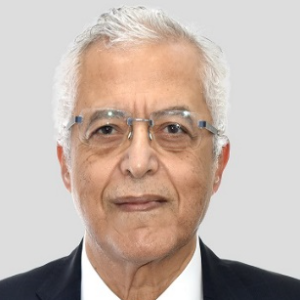Renshaw Cells
Renshaw Cells are specialized inhibitory interneurons found in the spinal cord, particularly in the ventral horn. Named after their discoverer, Arthur Renshaw, these neurons play a crucial role in regulating motor function. Renshaw cells receive input from motor neurons and, in turn, inhibit the same motor neurons, creating a feedback loop that helps modulate and fine-tune motor output. This inhibitory function is essential for preventing excessive muscle contraction and ensuring coordinated and controlled movements. Renshaw cells release the neurotransmitter glycine to mediate their inhibitory effects on neighboring motor neurons. This mechanism, known as recurrent inhibition, contributes to the precision and accuracy of motor control. Dysfunction in Renshaw cells or the recurrent inhibition pathway may contribute to motor disorders and abnormalities in muscle control. Studying Renshaw cells provides valuable insights into the neural circuits governing motor coordination and has implications for understanding conditions such as spasticity and motor neuron diseases. Research in this field continues to deepen our understanding of the intricate interplay within the spinal cord's motor circuits and may hold potential for developing therapeutic interventions targeting motor system disorders.

Nagy Habib
Imperial College London, United Kingdom
Lucie Bacakova
Institute of Physiology of the Czech Academy of Sciences, Czech Republic



Title : AI-integrated high-throughput tissue-chip for space-based biomanufacturing applications
Kunal Mitra, Florida Tech, United States
Title : Stem cell technologies to integrate biodesign related tissue engineering within the frame of cell based regenerative medicine: towards the preventive therapeutic and rehabilitative resources and benefits
Sergey Suchkov, N.D. Zelinskii Institute for Organic Chemistry of the Russian Academy of Sciences, Russian Federation
Title : In vitro evaluation of lyophilized Dedifferentiated Fat cells (DFAT) impregnated artificial dermis
Kazutaka Soejima, Nihon University, School of Medicine, Japan
Title :
Nagy Habib, Imperial College London, United Kingdom
Title :
Alexander Seifalian, Nanotechnology & Regenerative Medicine Commercialisation Centre, United Kingdom
Title : The regenerative medicine of the future
Marco Polettini, DVM, Italy